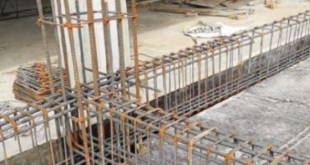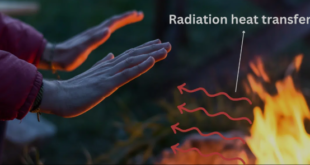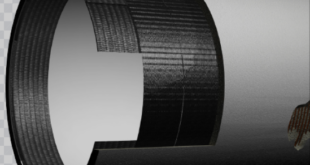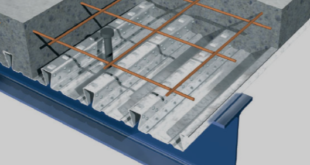In this tutorial, the Simulation concrete beam under static and dynamic bending in Abaqus has been done. The concrete beam is modeled as a three- dimensional solid part and five rigid parts as forces and supporters bodies are used. You can see a figures of the assembled parts at below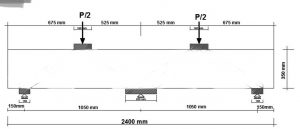
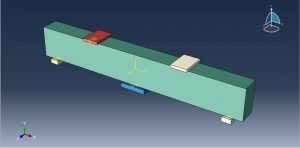
To model concrete behavior under the bending in the static and dynamic loading, Concrete Damaged Plasticity is used. The concrete damaged plasticity model is based on the assumption of scalar (isotropic) damage and is designed for applications in which the concrete is subjected to arbitrary loading conditions, including cyclic loading. The model takes into consideration the degradation of the elastic stiffness induced by plastic straining both in tension and compression. It also accounts for stiffness recovery effects under cyclic loading. The CDP model is only a material model for concrete which can be used in both static and dynamics simulations
In the first case, the general static step is used to consider static analysis. In the static procedure, not convergence normally happens because of the tensile and compression damage of concrete and to avoid early not convergence, some changes are applied at the step section. In the second case, the dynamic explicit step is used to consider dynamic bending analysis. The dynamic explicit procedure can smooth the not convergence and that is explicit capability. The surface to surface contact with contact property is selected for all contacts domain. The fixed boundary conditions are assigned to the three bottom rigid parts and displacement is assigned to the top rigid bodies. The mesh should be proper to achieve reliable results.
After the two analyses, in the static simulation because of the not convergence at the specific time, the tensile and compression damage happened. These damages cause the not convergence, but the maximum force capacity base on the force-displacement diagram is reached. In the dynamic simulation, the not convergence problem is removed and the analysis completed. The results for damage and stress can be achievable. Base on the force-displacement diagram from the dynamic simulation, the maximum force is the same with static stimulation and after that, the degradation happened and the decline in the force is obvious. You can see some figures for the results below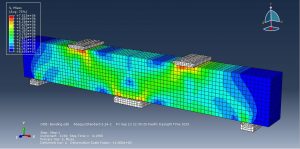
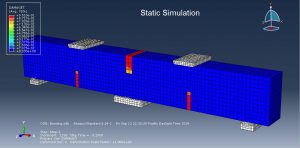
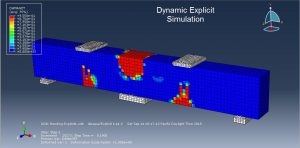
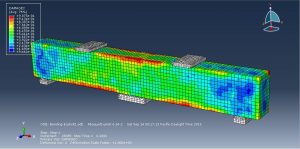
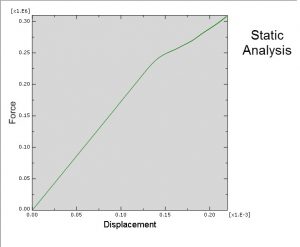
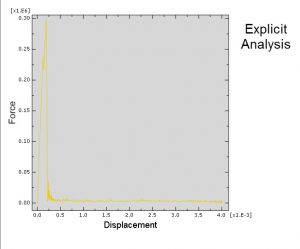
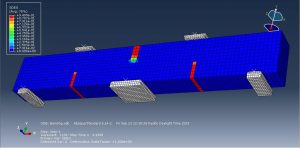
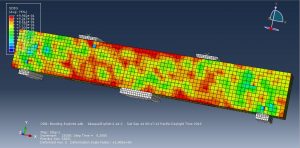
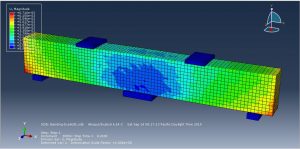
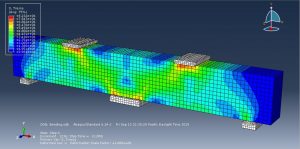
You can provide CAE ,INP,and English video files of this simulation here. The cost of these files is Twenty-Eight Euros. you can click on the bellow bottom to beginning process
You can purchase the tutorial through a PayPal account, a Visa, or a Master card, just before payment,send me an email to this address: karampourp@gmail.com
 Abaqus tutorials Abaqus tutorials
Abaqus tutorials Abaqus tutorials
